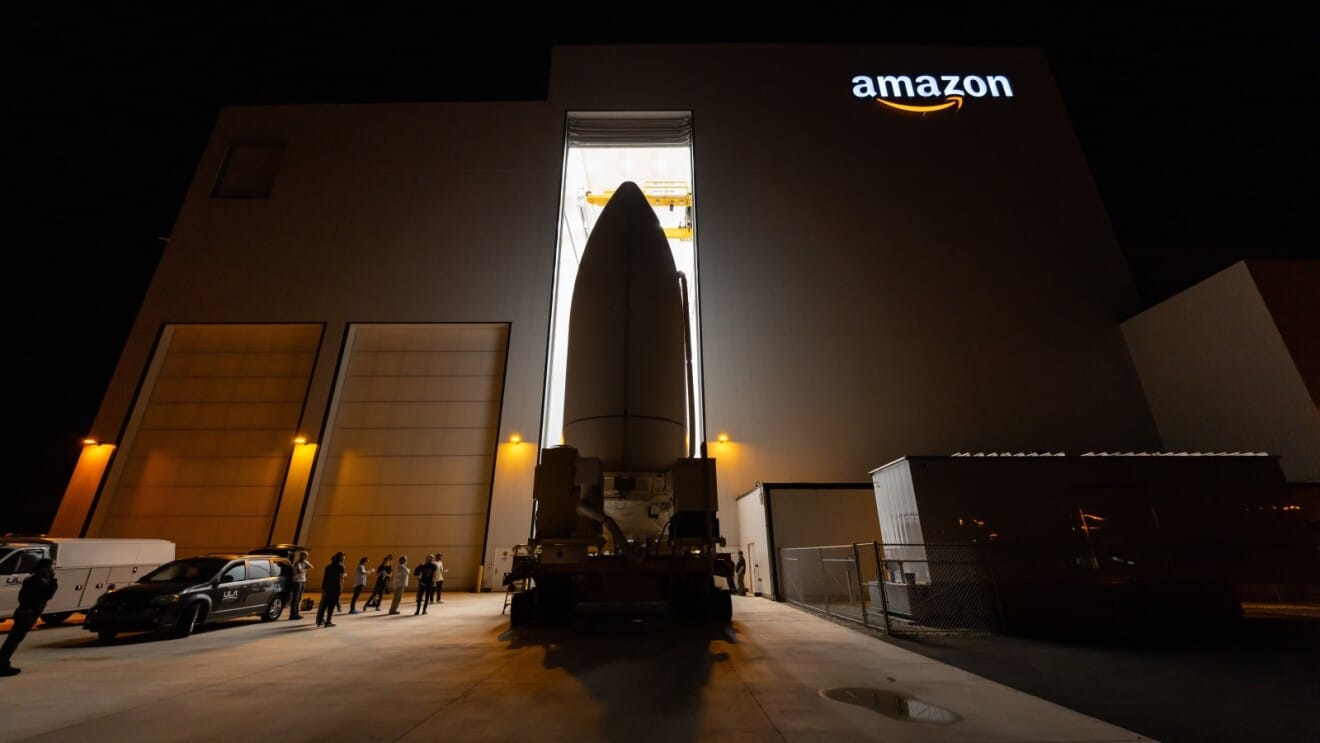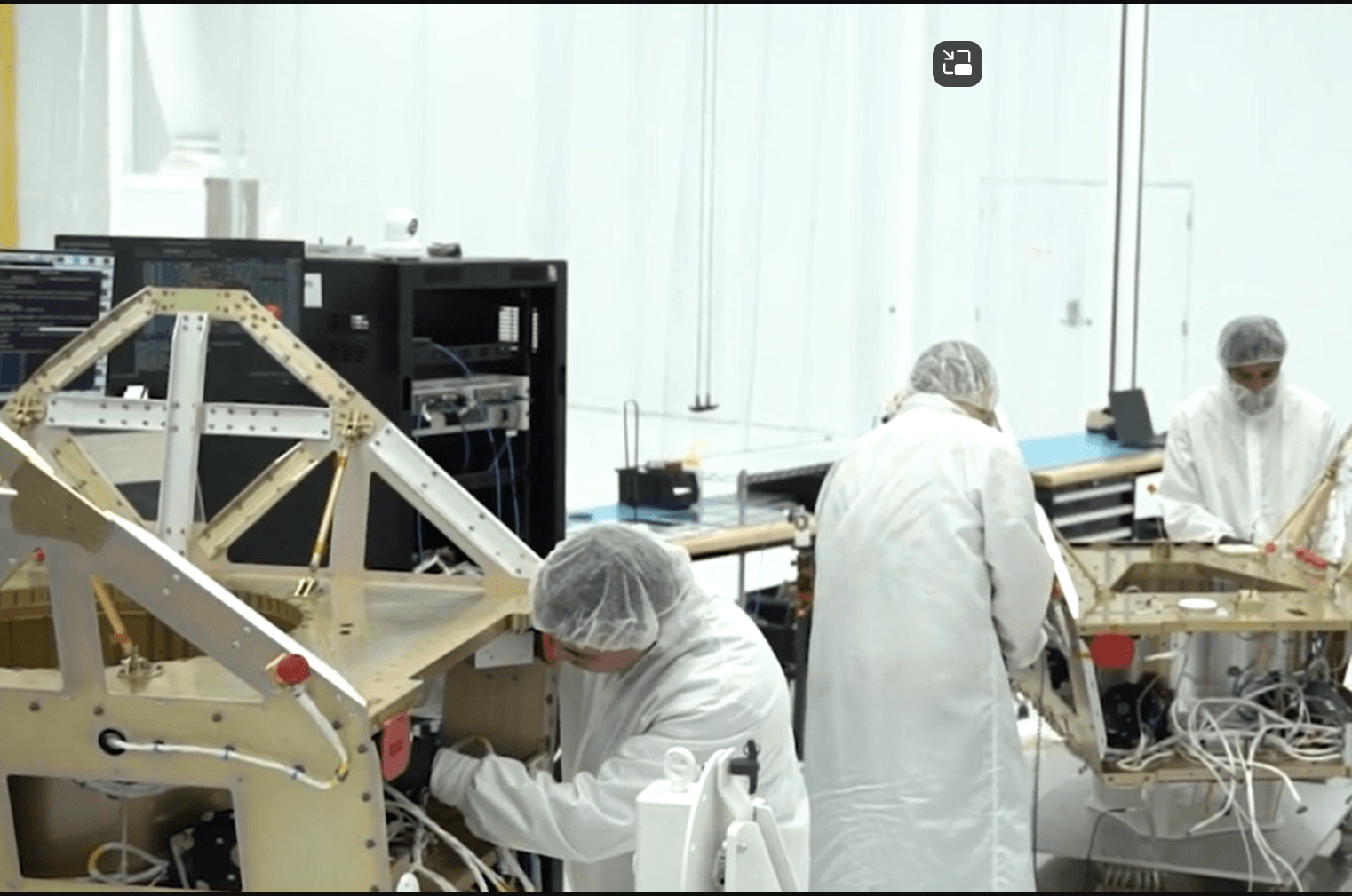The National Oceanic and Atmospheric Administration (NOAA) is enhancing its weather forecasting capabilities by integrating commercial data sources. This initiative aims to improve the accuracy and timeliness of weather predictions, benefiting various sectors reliant on precise meteorological information.
Table of Contents
ToggleBackground
Traditionally, NOAA has relied on government-operated satellites and observation systems to collect environmental data. While effective, this approach has limitations in coverage and specificity. Recognizing these constraints, NOAA initiated the Commercial Data Program (CDP) to explore the potential of commercial data sources. The program includes efforts like the Commercial Weather Data Pilot (CWDP), which evaluates the quality and impact of commercial data on NOAA’s weather forecast models.
Details of the Initiative
In its 2024 budget, NOAA allocated $27.5 million for the acquisition of commercial weather data. This funding supports the purchase of various datasets, including radio occultation and microwave soundings, which are crucial for enhancing weather and space weather predictions. Additionally, NOAA is exploring specialized datasets such as oil spill observations and geographically focused imagery to complement its existing data collection efforts. By integrating these commercial datasets, NOAA aims to improve the accuracy and timeliness of its forecasts, thereby better serving the public and industries dependent on weather information.
This strategic move reflects NOAA’s commitment to leveraging private sector innovations to enhance public services. By validating and incorporating commercial data, NOAA not only augments its forecasting capabilities but also contributes to the growth and reliability of the commercial data market.
Strategic Goals
NOAA’s integration of commercial weather data aligns with its strategic objectives to enhance forecasting accuracy and operational efficiency. Key goals include:
- Improved Forecasting: By incorporating diverse data sources, NOAA aims to refine weather models, leading to more precise and timely predictions.
- Public-Private Collaboration: Engaging with the commercial sector fosters innovation and leverages private advancements to benefit public services.
- Data Validation and Integration: NOAA seeks to assess the quality of commercial data, ensuring its reliability and effective integration into existing systems.

Broader Implications
The incorporation of commercial weather data has significant implications:
- For the Public: Enhanced forecasts contribute to public safety, aiding in disaster preparedness and response.
- For Industry: Sectors such as agriculture, aviation, and logistics benefit from improved weather intelligence, optimizing operations and reducing risks.
- Economic Growth: Validating commercial data can stimulate market growth, encouraging further investment and innovation in the weather data industry.
Challenges and Criticism
Despite its potential benefits, NOAA’s initiative faces challenges:
- Data Reliability: Ensuring the accuracy and consistency of commercial data is crucial for maintaining forecast quality.
- Funding and Prioritization: Allocating resources to purchase commercial data may raise concerns about budget distribution and the prioritization of public funds.
- Policy and Oversight: Establishing clear guidelines and oversight mechanisms is essential to manage public-private partnerships effectively.
Addressing these challenges is vital to the success of NOAA’s efforts to integrate commercial weather data into its forecasting operations.
Future Outlook
NOAA is committed to advancing its collaboration with the commercial sector to enhance weather forecasting capabilities. Future plans include:
- Expansion of Data Purchases: Building on the success of the Commercial Weather Data Pilot (CWDP) and the Commercial Data Purchase Program (CDPP), NOAA intends to broaden the scope of commercially acquired data, incorporating new types of observations to improve forecast accuracy.
- Integration with Next-Generation Satellites: NOAA plans to incorporate commercial observations into its Near Earth Orbit Network (NEON), the forthcoming series of polar-orbiting weather satellites, to enhance data collection and forecasting capabilities.
- Embracing Technological Innovations: NOAA is exploring the integration of artificial intelligence and machine learning technologies to process and analyze the increasing volume of data from both governmental and commercial sources, aiming to improve predictive models and operational efficiency.
Conclusion
NOAA’s strategic initiative to integrate commercial weather data signifies a transformative approach to enhancing meteorological services. By leveraging private sector innovations, NOAA aims to improve forecast accuracy, support public safety, and stimulate economic growth within the weather data industry. While challenges exist, the potential benefits of this public-private collaboration are substantial, promising a future where weather predictions are more reliable and responsive to the needs of society.












